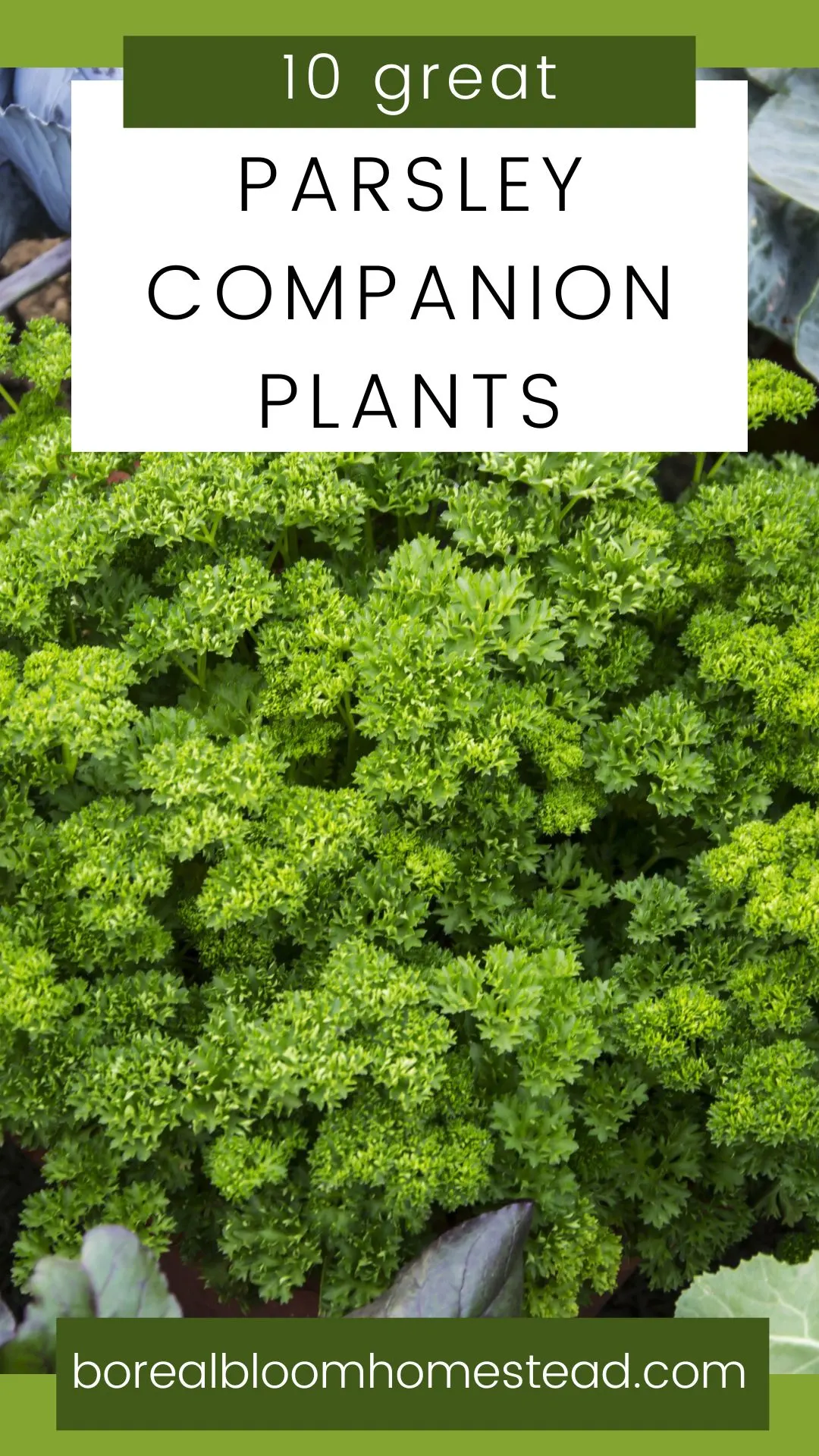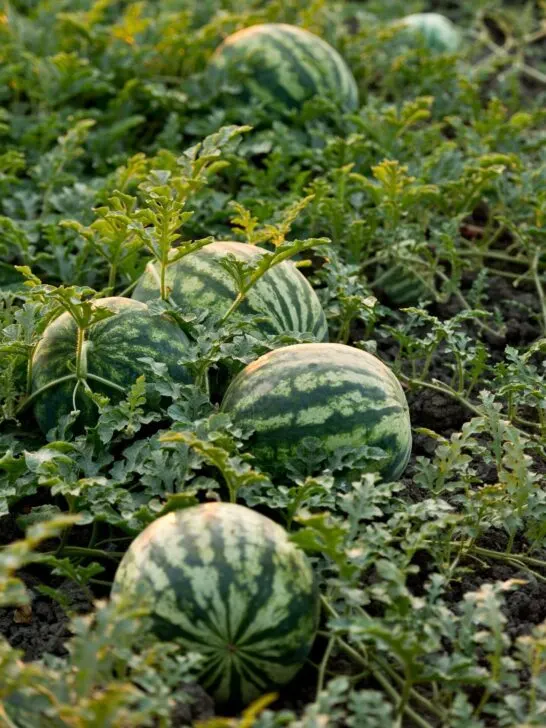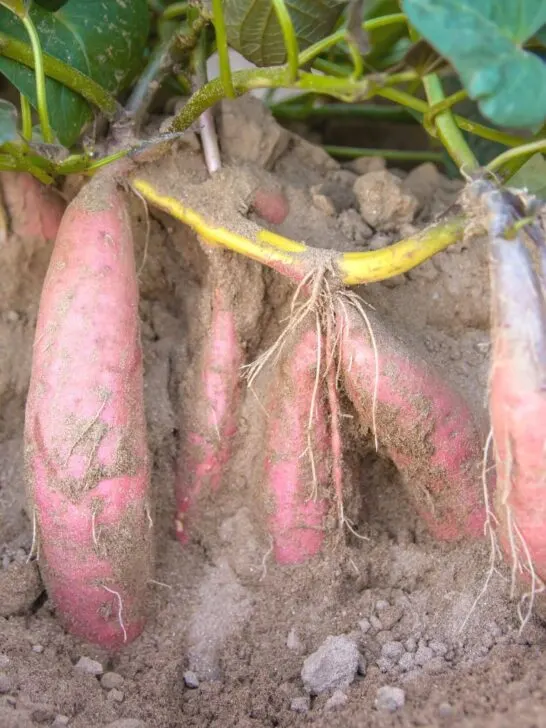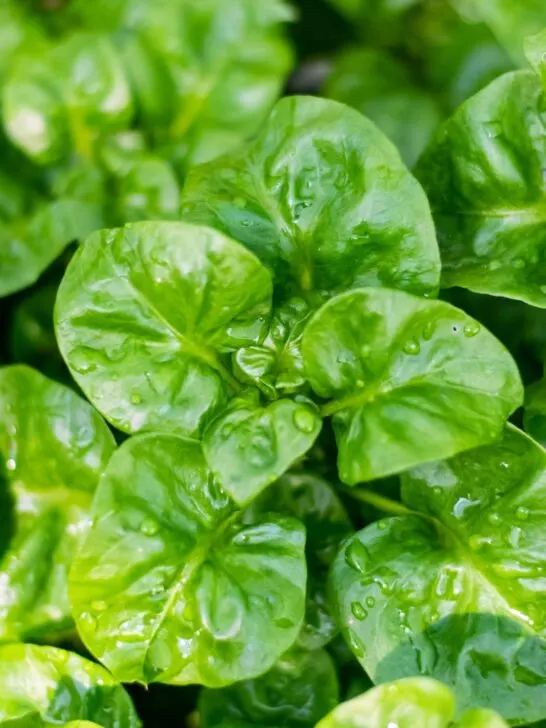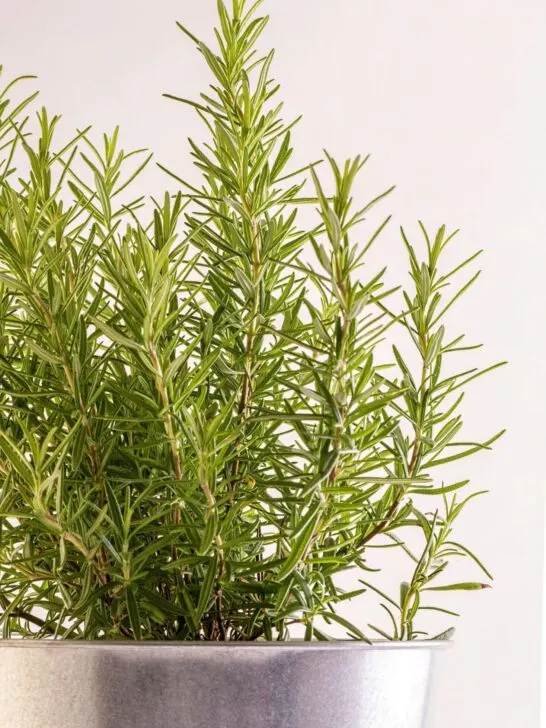When done correctly, companion planting parsley increases harvest yields and supports natural pest control solutions in the area - making it an essential tool for any gardener or homesteader.
Parsley is a unique, aromatic herb belonging to the Apiaceae family.
It has fragrant, dark green, ruffled leaves with a strong, fresh flavor. Parsley has a versatile role in cooking and is often used to add flavor to soups, salads, and starchy dishes like mashed potatoes. It's also a popular garnish due to its appearance and pleasant, mild peppery scent.
Parsley is a common, hardy, biennial herb. Its leaves are usually bright green and divided into two distinct types - curly leaves and flat-leafed or Italian parsley. Its small yellowish-green flowers turn into tiny seeds during its second year. Parsley grows best in temperate climates, preferring full sun but also tolerating light shade. It's an easy-to-grow plant with generally few trouble spots: insect or disease pests don't typically bother it and it rarely needs supplemental watering.
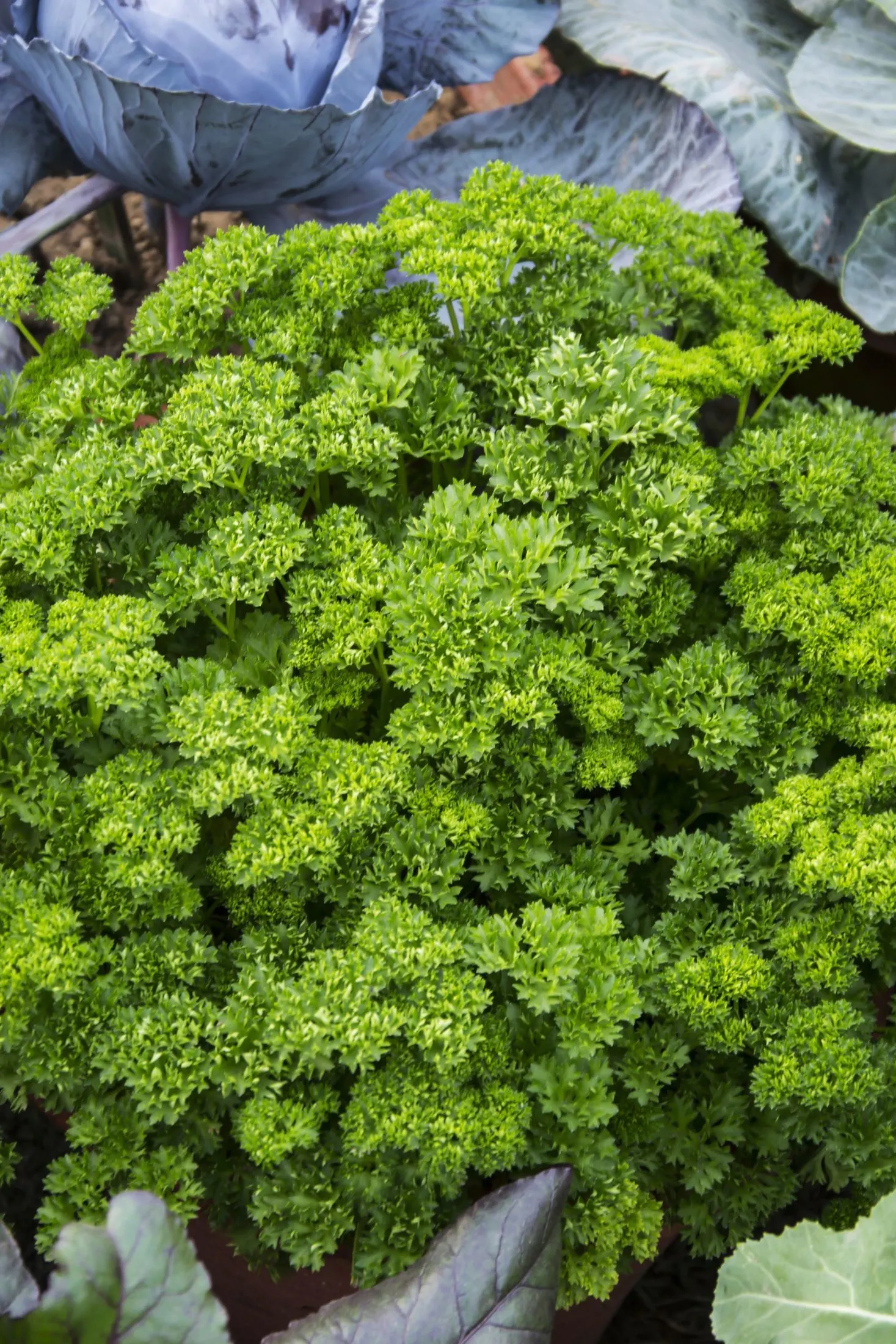
As an Amazon Associate I earn from qualifying purchases.
Jump to:
What Is Companion Planting?
Companion planting is an ancient agricultural technique that capitalizes on the symbiotic relationship between different plants by having them grown together in close proximity. This technique has been used around the world for centuries to create healthy, sustainable gardens and can bring numerous benefits to any garden.
Companion planting has been known to increase yields, improve soil fertility, help control pests, provide shelter and shade for plants, and act as a living mulch or windbreak for fragile crops.
In addition to these practical applications, companion planting also creates a visually pleasing aesthetic and can add a unique element of diversity to your garden. Regardless of one's preferred gardening style, there is no denying the many benefits this technique offers.
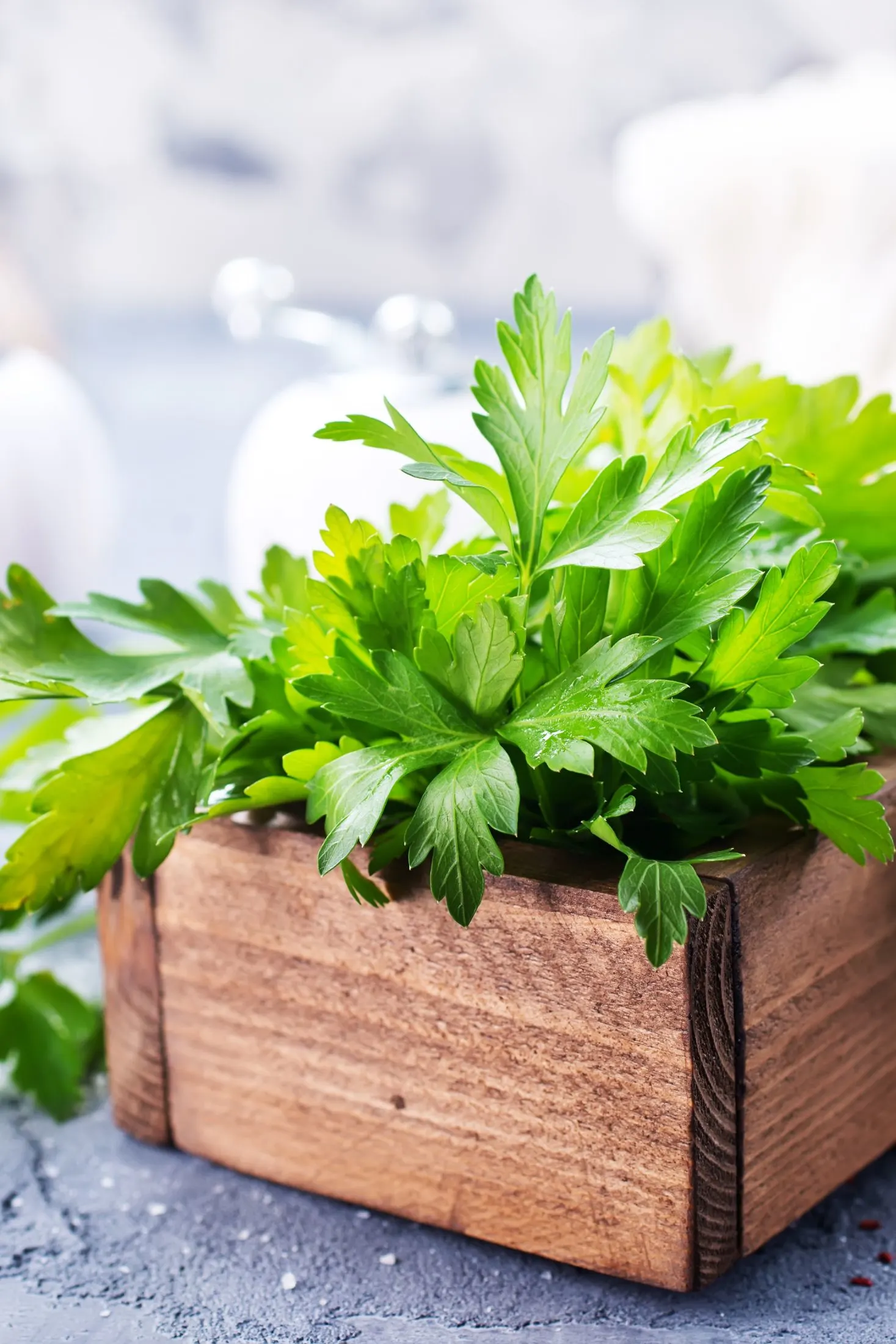
Best Parsley Companion Plants
Apples + Pears:
Both apple and pear trees fall prey to codling moths. The codling moth destroys the leaves on your fruit trees, robbing them of valuable photosynthesizing areas.
Surprisingly, parsley plants can help! Parsley attracts tachinid flies which attack the codling moth at the pupa stage.
We will definitely be adding parsley to our companion plants for the food forest moving forward!

Asparagus:
Asparagus, while delicious, has some downfalls. One of those downfalls is that this perennial takes most of the year off, so interplanting is a great way to maximize production from the same square footage.
Parsley naturally deters and keeps asparagus beetles at bay, thankfully because they might enjoy snacking on those tasty spears more than we do!
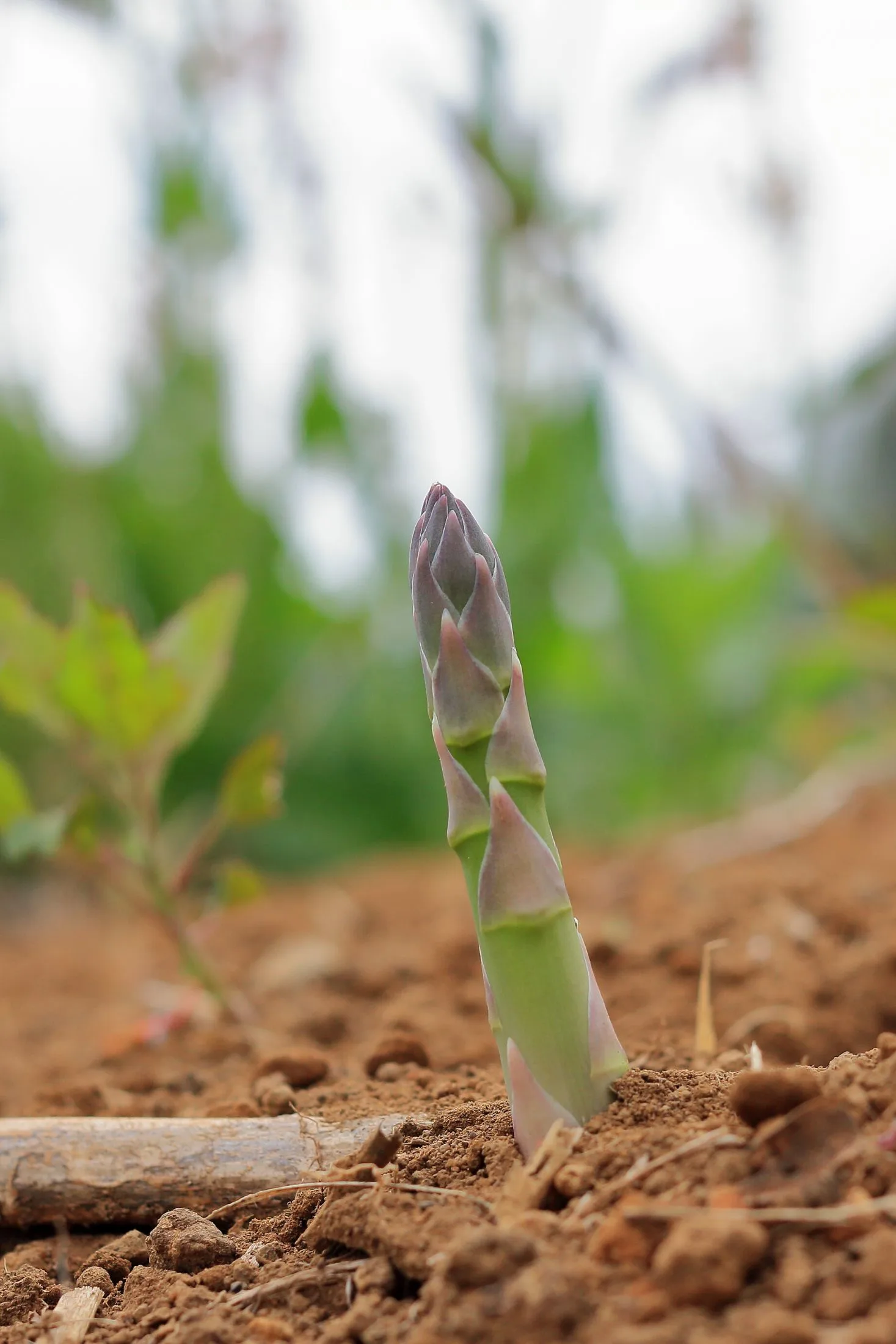
Beans:
Bean plants can easily suffer damage at the hands of everyone's garden nemesis - the aphid!
Parsley to the rescue. This fragrant herb helps to attract beneficial insects like the hoverfly that feeds on aphids while simultaneously acting as a trap crop and attracting aphids away from the beans to themselves.
What a team player!
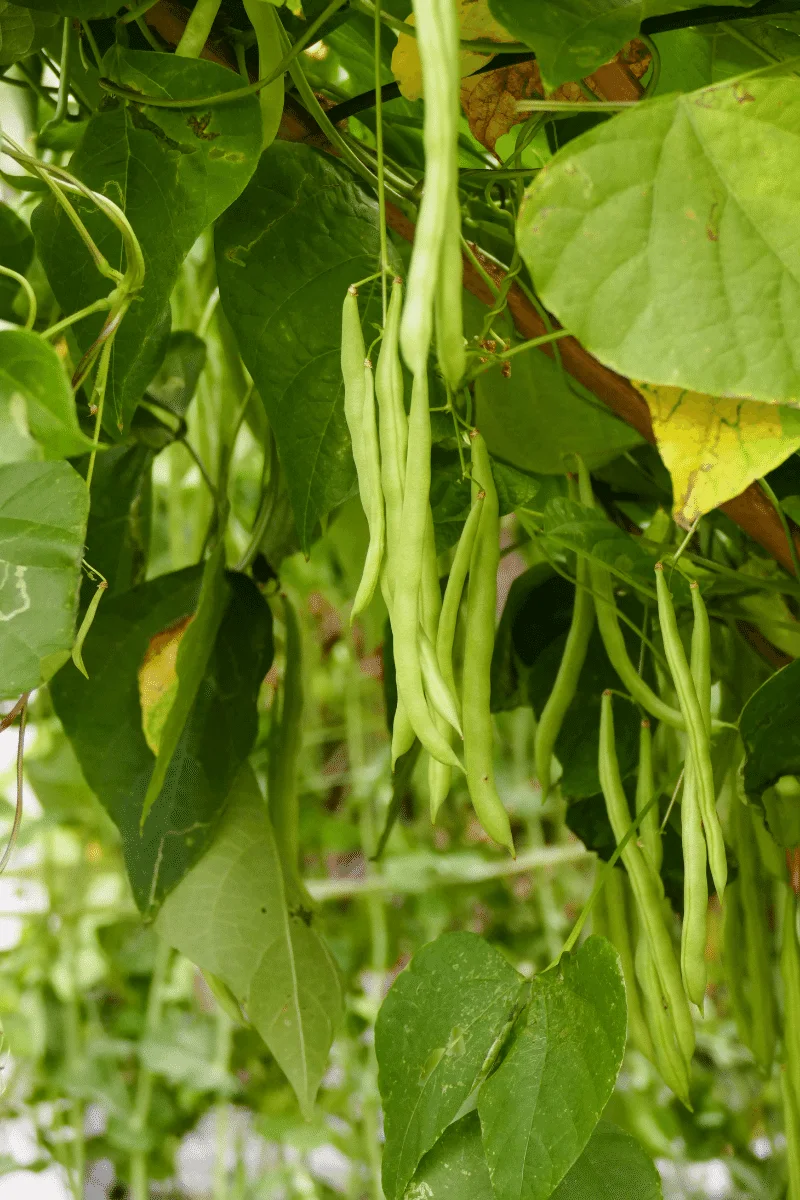
Cabbage + Cauliflower + Other Brassicas:
If you've grown cabbage before you know all about the cabbage moth and all the gross wormies that like to take up residence in your brussels sprouts, cauliflower, broccoli, and other brassicas. They're a scourge and so difficult to conquer.
But parsley can help ease the pest pressure on your beloved cruciferous veg, it attracts parasitic wasps who dine on the moths at the egg stage - before they can destroy your harvest and open it up to disease and fungi.
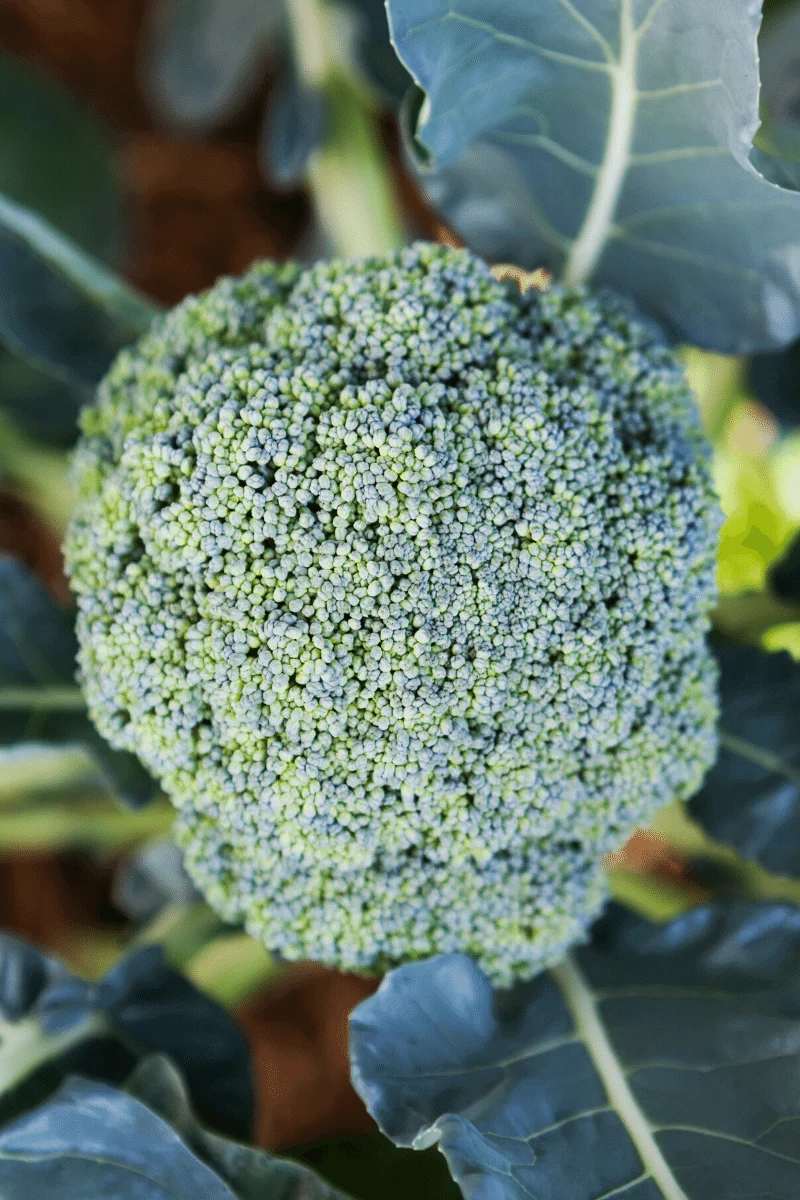
Corn:
Sweet corn is susceptible to pests like cutworms and corn earworms. Although earlier plantings of corn are less likely to suffer than later season plantings due to the natural population cycles of these pests, it never hurts to add a little natural deterrent to the mix.
Parsely attracts the lacewing. The lacewing is a voracious predator of nasty pests in the garden like the cutworm and corn earworms.

Peppers:
By planting parsley, which attracts and nourishes helpful predatory insects, near your pepper plants, you can provide an additional layer of protection for the peppers, keeping pests away from their leaves, stems, and fruit.
The strong scent of parsley is also believed to disguise the smell of pungent peppers from pests like birds and mice.
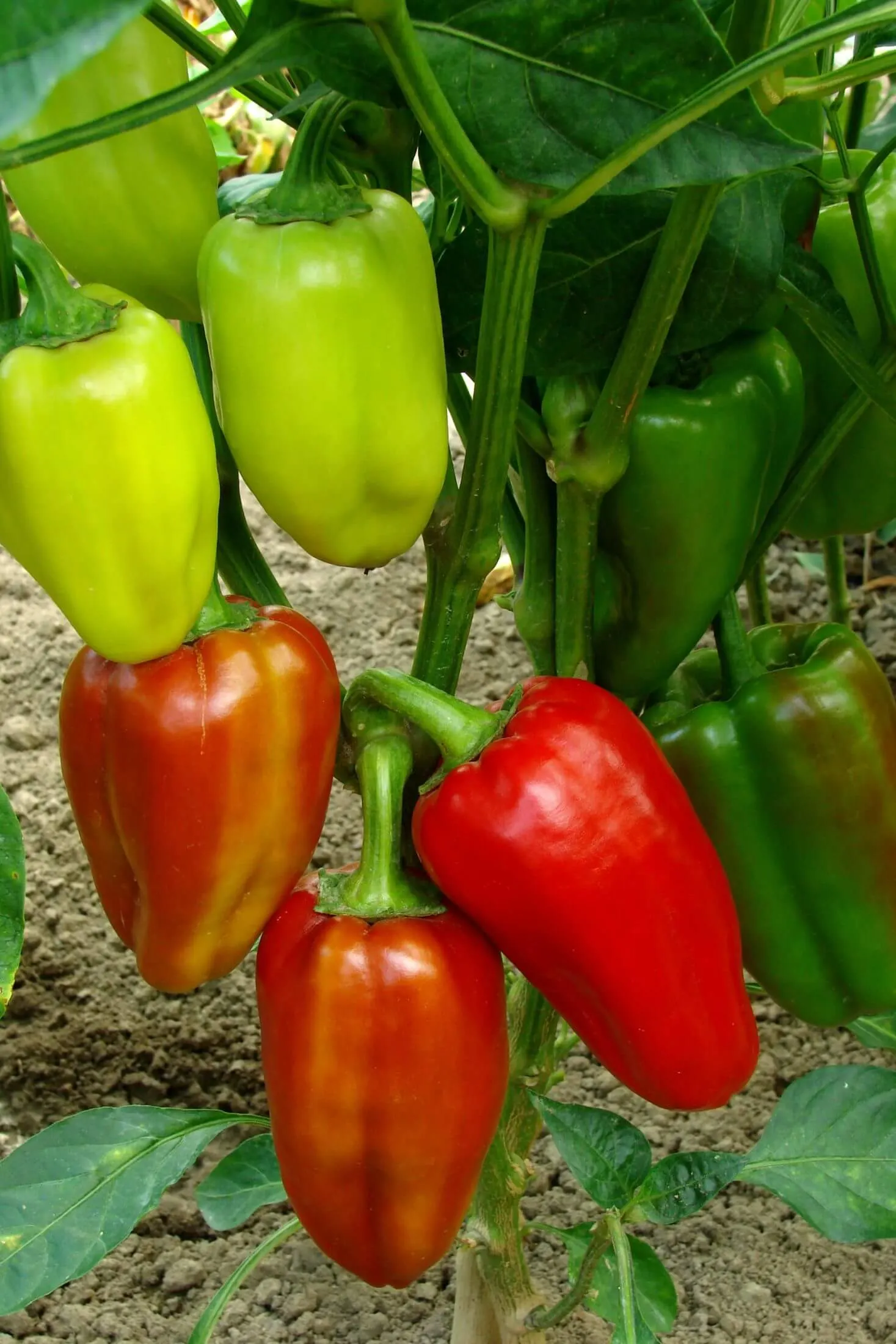
Tomatoes:
Tomatoes, like peppers and beans, and many other garden plants are susceptible to damage caused by aphids.
Parsley helps to deter aphid activity by attracting beneficial insects like hoverflies to help control the aphid population. It also acts as a trap crop, luring aphids away from your precious tomatoes right over to the parsley itself.
*note: This is not true of all tomato varieties, some tomatoes actually don't like to be planted near parsley. Do a little research before you plant parsley with your tomatoes!
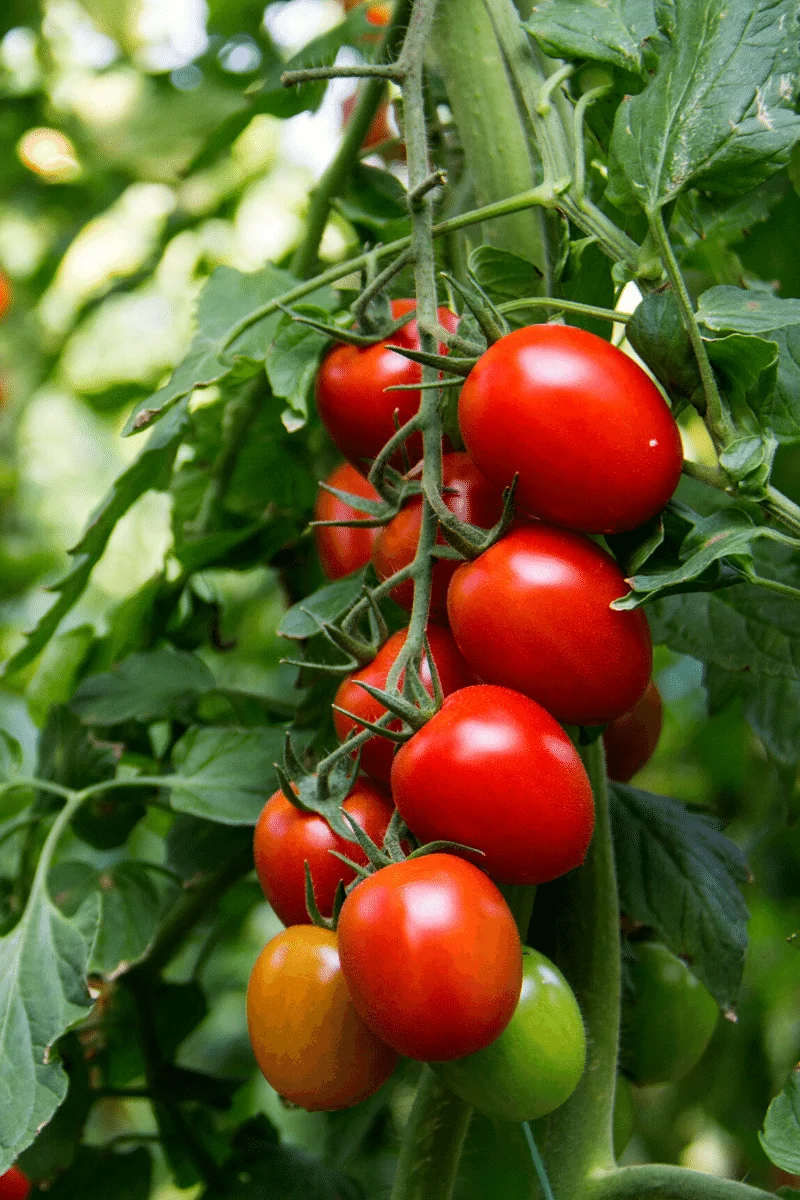
Worst Parsley Companion Plants
Alliums:
Alliums like onions, garlic, and shallots are heavy soil feeders and will compete with parsley for nutrients. These pungent plants are famous for stunting the growth of plants they don't like to be planted near.
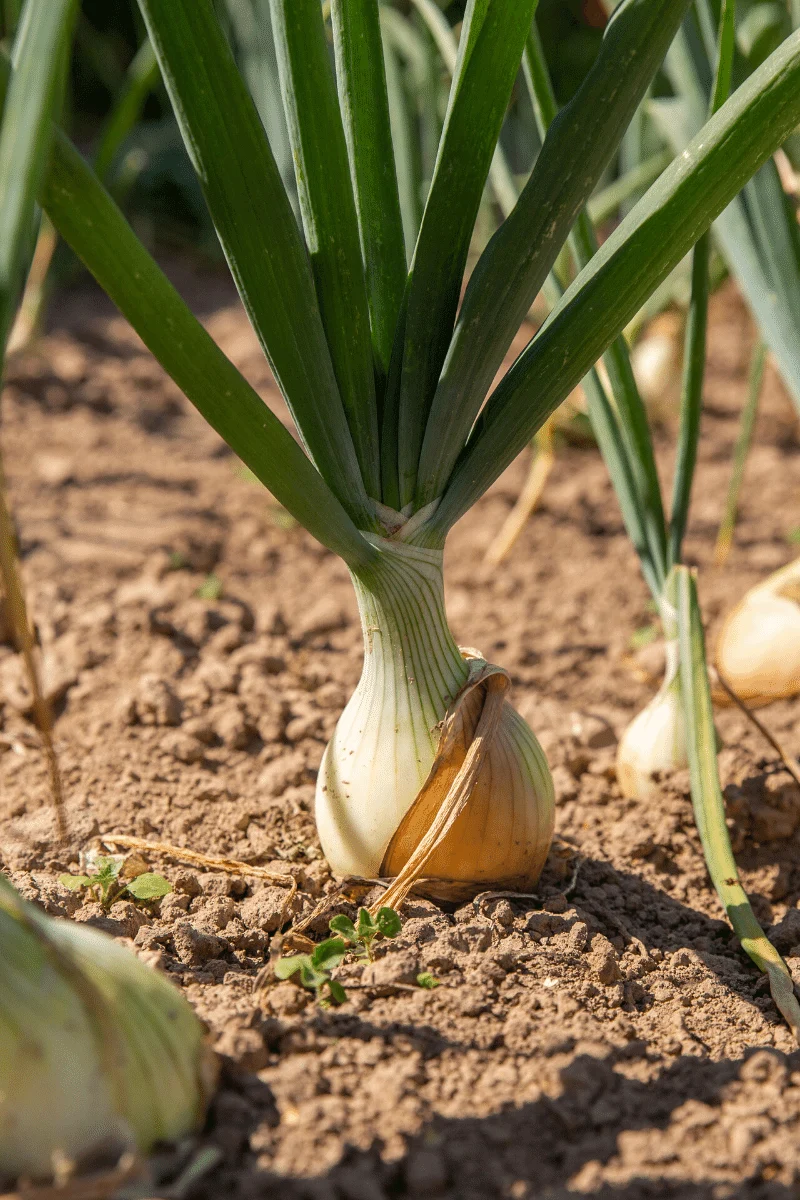
Carrots:
Parsley and carrots are part of the same family and therefore, susceptible to the same pest, the carrot fly. While these plants can be planted near one another, it's best to avoid the all-you-can-eat buffet for the carrot flies and simply space them out.
Another concern with planting carrots and parsley together in warmer growing zones is that they can cross-pollinate IF both plants are kept for a biennial cycle and allowed to flower together. This can definitely cause an issue for seed saving on the homestead.
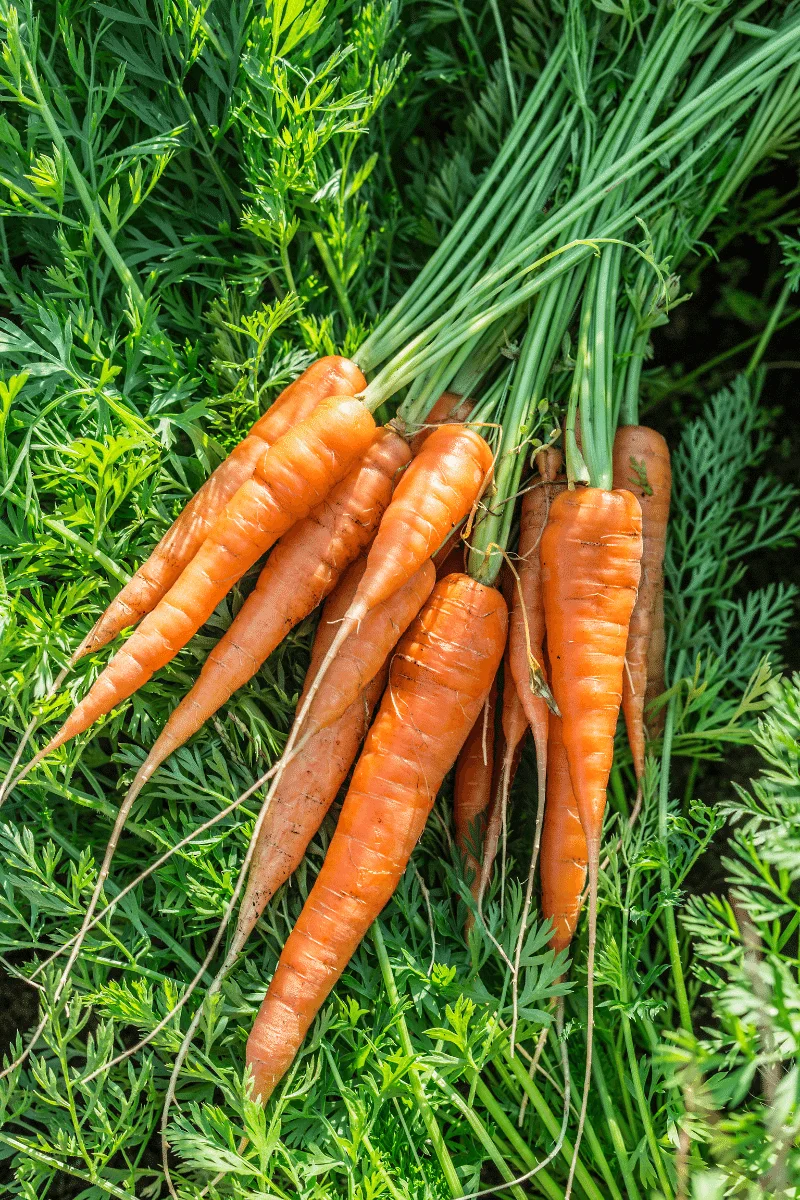
Lettuce:
Greens like lettuce, spinach, and arugula have similar growing requirements to parsley and the two will compete for the same space, nutrients, and sunlight to the detriment of both plants. It's said that parsley can also cause lettuce to bolt prematurely.
Parsley, as previously discussed, attracts the hoverfly, which is great unless you're lettuce, as they like to snack on lettuce.
For best results, space these two plants apart.
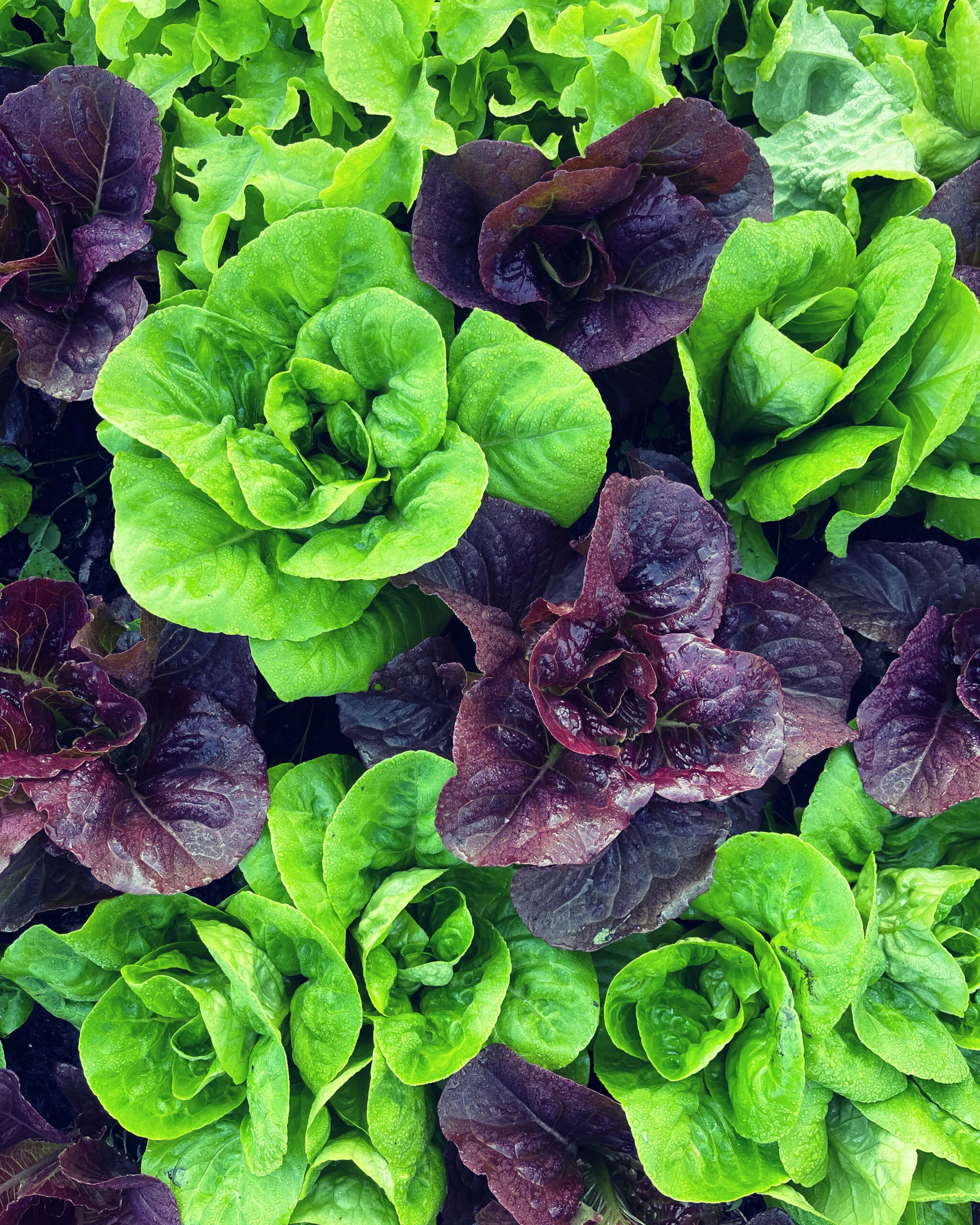
Final Thoughts
Parsley is a great companion plant for many different types of vegetables and fruits in the garden. Its strong scent helps to deter pests like aphids, cutworms, and corn earworms, while attracting beneficial predatory insects that help to keep these pests in check.
But, it is important to do some research first before planting parsley in your garden, as different plants have different preferences and some may not respond well to being planted near parsley.
Overall, though, parsley companion planting is a great way to help protect your other vegetables and fruits in the garden, while providing an extra layer of pest control and protection against common garden pests - and a tasty addition to dinner.
More Great Companion Planting Guides!
Pin This Parsley Companion Planting Guide!
